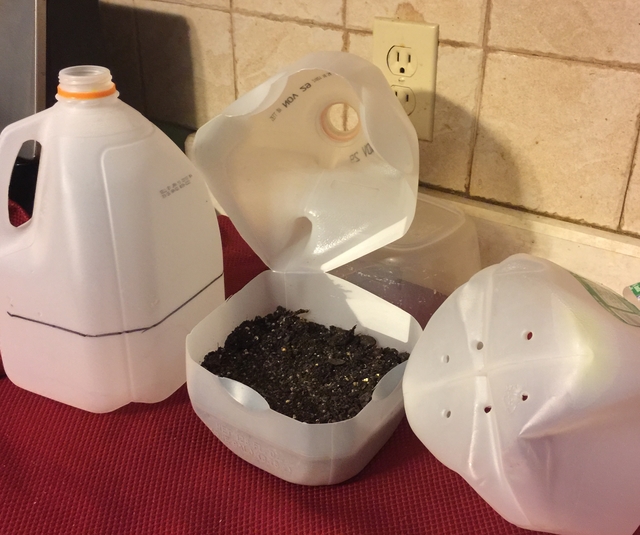Chicken feed isn't cheep! Luckily, there are some ways you can reduce your bagged chicken feed bill.
Feeding your hens food scraps from your leftover meals is certainly one. But for putting a bigger dent in that feed bill, grow some healthy feed alternatives right there in your backyard or homestead.
Herbs are a wonderful choice to grow for your chickens. Not only do chickens like to eat many different herbs, but most herbs have some other uses you may want to try in the chicken coop and run.
Why Feed Chickens Basil?
Basil is a nutritionally-dense herb that is high in plant protein.
Basil has antibacterial properties and a wide range of vitamins, minerals, and immune system boosting antioxidants.
Basil supports a strong immune system and aids in improving digestion, which is very important for chicken health.
Basil promotes mucus membrane and respiratory system health. This is important for chickens because they are particularly susceptible to respiratory issues, especially if the chicken run and coop aren’t large enough and/or aren’t cleaned often.
Add some crushed Basil to your chicken feed and watch their egg yolks turn a radiant orange.
Basil contains vitamins A, B, C, and K which help maintain good eyesight and strong bones.
How to Prepare Basil for Chickens
Fresh
A gathering of fresh basil in reach of chickens to peck at.
Drying Basil for Later Use
Air Drying
This method is the easiest, but is the longest way to dry basil. You can tie the basil into small bundles and hang them upside down in a well-ventilated area, away from direct sunlight, until the leaves and stems are completely dry.
Oven Drying
Spread into a single layer on the dehydrator trays and dry for 2 to 4 hours until they are completely dry and brittle. You can leave the oven door slightly open so all the moisture escapes.
Dry for about two hours. Don't forget to check on the leaves every 30-45 minutes.
You can leave the door slightly ajar so all the moisture escapes. Dry for about 2 hours, checking on the leaves every 30-45 minutes.
Dehydrator Drying
Preheat the food dehydrator to 95 - 115F. The temperature, humidity, and dehydrator model will determine how long you need to dehydrate the basil. You'll need to keep an eye on the leaves.
To watch our 30 minute video on how to winter sow, click here.
How Much Basil is Safe for Chickens?
As with all chicken feed alternatives, begin by feeding in moderation. Your chickens will let you know which alternatives are their favorites!
Basil to Deter Pests in the Coop
Pests don’t like aromatic herbs, so adding Basil throughout your chicken coops keeps many pests away.
In the nesting box, dried Basil acts as a pleasant odor control. An electric herb grinder works wonders!
Where to Grow Basil
You can grow some herbs like Basil inside your chicken run by sowing seeds inside a wire fence circle like the above picture. It will keep your chickens from digging the plants right out of the ground until it's time to remove the fencing and let them feast!
Herbs are great plants to grow in pots and containers which can easily be moved right into the chicken run when ready to feed.
You can also designate a few raised garden beds for growing great food for your chickens so there's always some healthy foods available to toss in and watch the show!
~~~~~~~~~~~~~~~~~~~~~~~~~~~~~~~~~~~~~~
When you add herbs to other chicken food and their coop, you're assuring your chickens will maintain better overall health.
So save money on that ever-rising cost of chicken feed and grow some healthy alternatives for your hens and roosters. They will love you for it!
~~~~~~~~~~~~~~~~~~~~~~~~~~~~~~~~~~~~~~~~
This post may contain some Amazon Associate links meaning that I will get a small compensation at no expense to you if you purchase something from this blog.

























